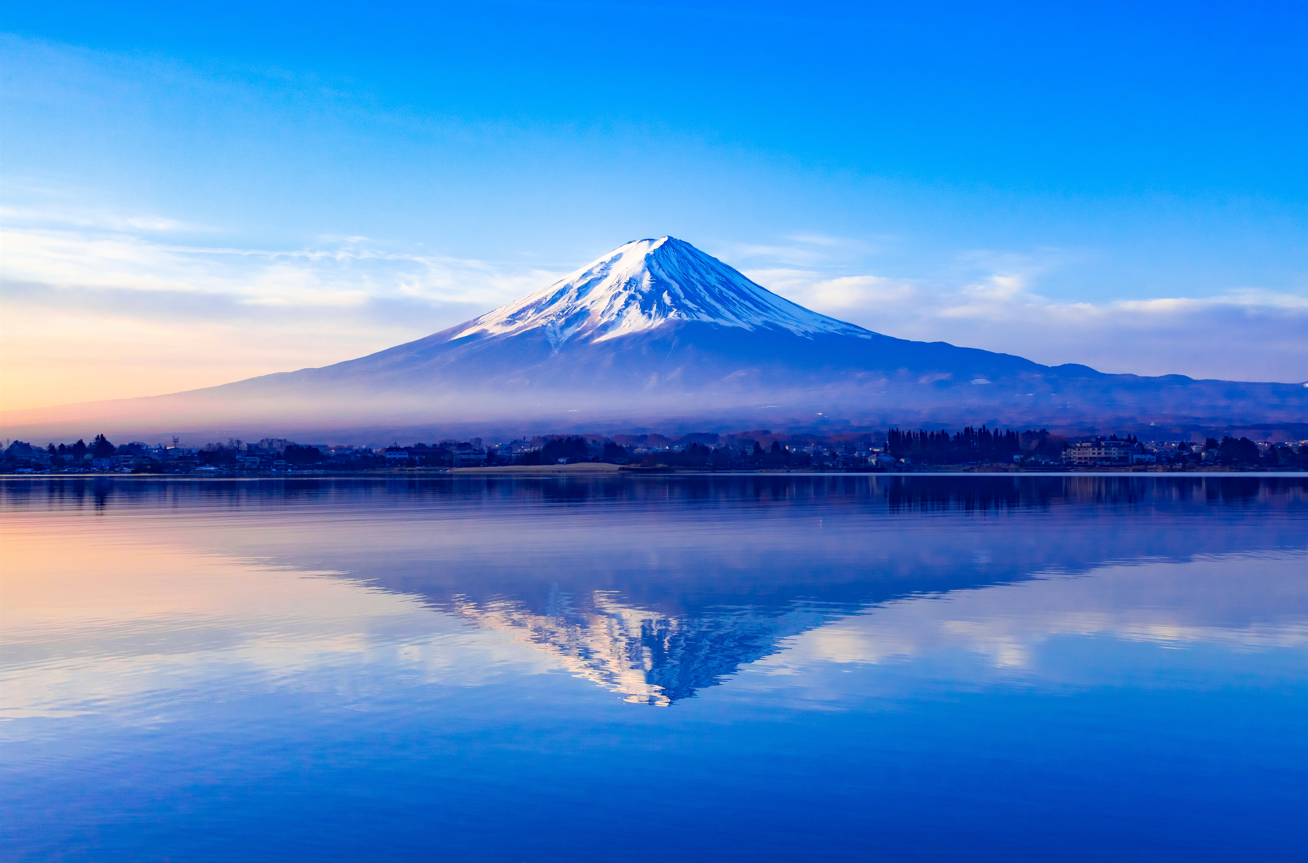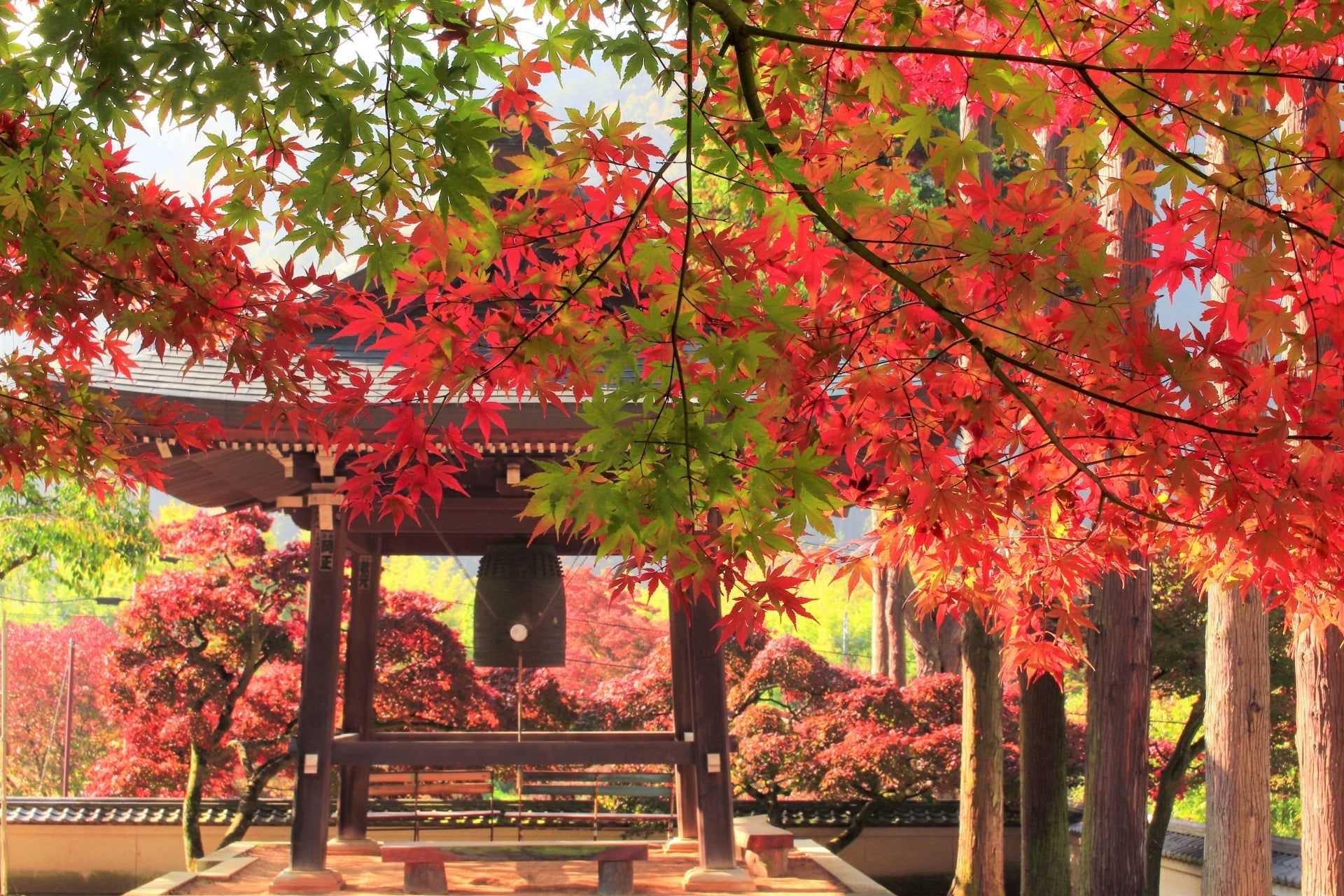Article: Four Seasons in Japan:Spring & Summer

Four Seasons in Japan:Spring & Summer
Japan has four distinct seasons, spring, summer, autumn, and winter.
Japan has fostered the culture with its seasonality where some unique seasonal traditions are enjoyed only during that specific time of year.
In spring, you can enjoy cherry blossoms and birds singing. In summer, you can enjoy hot sunny days at the beaches and rivers and enjoy fireworks in the evening. In autumn, you can enjoy the sound of insects and autumn leaves and eat persimmons and chestnuts. In winter, you can enjoy snow falling.
“ Jocho “ is a Japanese word to express a sense of beauty. It means that various and subtle emotions, tastes and atmosphere which are evoked by touching and seeing things.
The Japanese have been enjoying seasonal changes by observing nature and atmosphere and developed the culture of “Jocho”.
In this article, I would like to share some of the Japanese seasonal features where the culture of Jocho was developed.
This article is to introduce you to spring and summer in Japan.
Spring
Spring in Japan is from March to May.
Spring is the most comfortable season in Japan, as it is getting gradually warmer.
Arrival of spring comes with the song of Japanese bush warblers, known as “ uguisu “ in Japan. Uguisu warbles distinctively which can be heard throughout much of Japan from the start of spring.
We often call uguisu a spring announcing bird, as it plays a role in letting the Japanese know that spring has come since ancient times.

The symbolic scenery of spring in Japan is “Sakura”, cherry blossoms. Sakura is a national flower of Japan.
Cherry blossom viewing events “ ohanami” are held all over Japan where the Japanese gather under the cherry trees with friends and families, and eat and drink while appreciating the beautiful pink flowers.
Cherry blossoms start blooming in the south in late March, and then move up to the north, Hokkaido,.
The best time for enjoying sakura in most of Japan is late March to early April. The timing of sakura blossoms in full varies every year, depending on the temperature and weather.
The peak blooming of cherry blossoms only lasts a week or so, as sakura flowers are delicate and vulnerable to wind and rain. This vulnerability of sakura represents the Japanese sense of fragility, a notion of nothing is permanent.
A billow of cherry blossom petals with wind at the end of peak is one of the most beautiful spring scenes you can enjoy.
You can also enjoy viewing other flowers like plums, canola flowers, and wisteria in spring,

May is a season of fresh green, “shinryoku”,
Fresh green refers to the light yet bright green color of young leaves. Trees, which have shed all their leaves during the winter, start putting on their leaves in the warmer and sunnier season in spring.
Early April to late May is the season for new tea, when the tea leaves are just sprouting. New tea is known as the most flavorful tea in a year.
Summer
Japanese summer is from June to August. Summer is a lush greenery season in Japan.
Japan has a rainy season called “tsuyu” when it drizzles consistently throughout the day. Tsuyu lasts about a month from the middle of June to the middle of July.
Hydrangeas bloom during tsuyu which light up the gloomy rainy season with colors like purple, blue, and pink. There are many spots where beautiful hydrangeas can be enjoyed in Japan.
Once tsuyu is over, full-fledged summer arrives. The temperature rapidly increases and sunshine gets intense and humidity increases.
For the Japanese, the loud, high-pitched chirping of cicadas is one of the signals that summer has officially arrived.
Japan is surrounded by the sea, so you can enjoy swimming and water sports or you can choose to stay at the highlands to escape the heat.
Summer is the season for festivals and firework displays across Japan.
In summer festivals, you can see people carrying portable shrines, “mikoshi” on their shoulders and also people enjoy Japanese traditional folk dances called “bonodori”.

The Japanese wear yukata, cotton kimono for summer outings.
The Japanese do not wear traditional kimono often in modern days, but yukata still remains popular to wear for hot summer days.
The Japanese has a custom of keeping cool in humid summer with refreshing foods that are unique to this time of year, such as hiyamugi and somen, which are cold noodles, as well as kakigori (shaved ice) and hiyayakko (chilled tofu).

=======
Did you enjoy finding out the seasonal features of spring and summer in Japan ?
Spring is the most comfortable season in Japan, while you can enjoy seasonal cultural aspects in summer.
The next article will introduce you to the beautiful autumn and winter in Japan.

Leave a comment
This site is protected by hCaptcha and the hCaptcha Privacy Policy and Terms of Service apply.